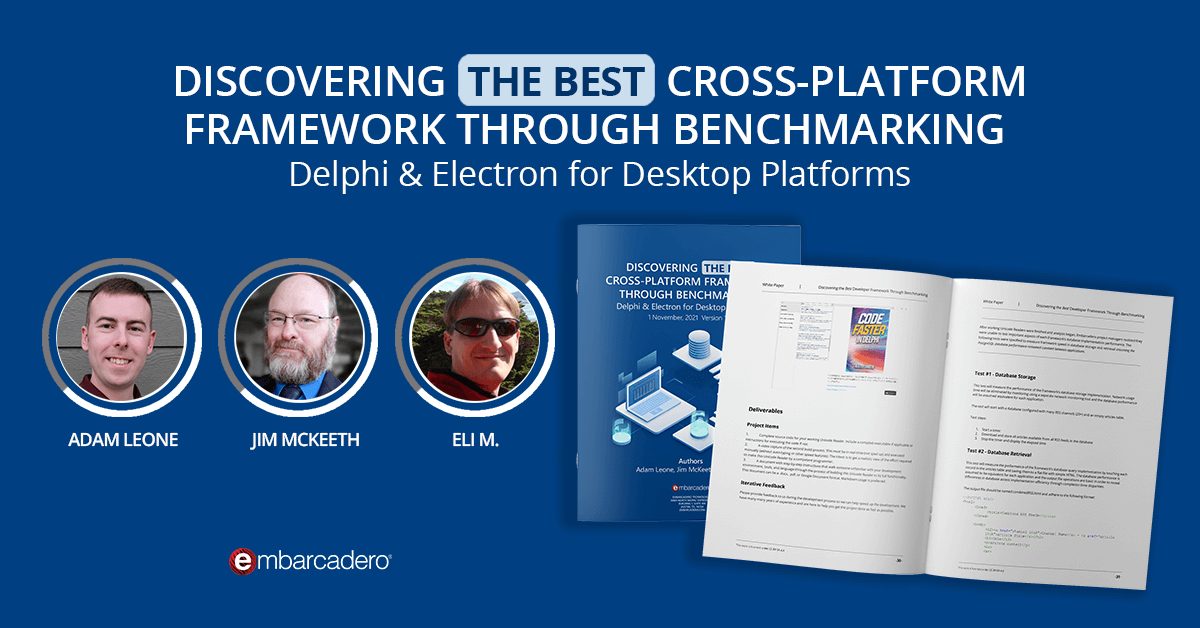
Data is the biggest asset for any business. It can help enterprises better understand their customers. It also improves their advertising campaigns and personalizes their content. However, you cannot access these benefits without proper analytics and reporting tools.
While raw data has a lot of potential, a business needs data analytics and reporting too. This article will cover why analytics and reporting tools are essential. We will also see how businesses can use these to improve their performances. But before that, let’s understand the difference between data analytics, reporting, and picturing.
Table of Contents
What is the difference between data Analytics and reporting tools for visualization?
Data analytics refers to examining data sets to conclude the information they contain. It is a technique that enables a business to take raw data to extract valuable insights from it.
Data visualization is a term used to represent data through typical graphics. It uses charts, plots, animations, and infographics to represent data. These visuals display information that communicates complex data affairs. It also shows data-driven insights that are easy to grasp.
Data reporting is the process of collecting and formatting raw data. It also includes translating it into a clear format to assess the ongoing performance. This data can then be used to answer basic questions about the state of a business.

Why analytics and reporting tools for visualizations are essential for businesses
What are data analytics?
Data analytics is generally used to help companies better understand their customers. It also helps in personalizing content and creating content strategies. With analytics, businesses evaluate their ad campaigns and develop products. Generally, businesses use data analytics to boost performance and improve their worth. The data can include historical or new information businesses get for a particular initiative.
The sublime example of data analytics is segmentation. It is used to help segment audiences by different demographic groups and analyze attitudes and trends. The businesses can then produce more specific, accurate, and just snapshots of public opinion.
What do we mean by data visualizations?
Data visuals are essential for businesses that want to communicate information clearly and efficiently. It is an advanced step in data analysis and data science. As per the report of Vitaly Friedman (2008), business groups use data visuals. They use it as an essential component of assertive connection. Visuals make research and data analysis effective and quicker. It does so by combining user-friendly and pleasing features.
The best example of data picturing is making an institution’s budget. Budget numbers that are otherwise obscure and tough can be made simple and digestible with data visuals. This can then be delivered to the members to estimate the budget better.
Why is data reporting important?
Data reporting is essential when measuring the progress of every area of a business group. It informs professional decisions and day-to-day matters at any company. A data report is also essential to prioritize business tasks. It tells where a company should spend most of its time and resources and what needs more attention.
The prime example of data reporting is business intelligence (BI) in healthcare. With its help, physicians can save lives by providing more effective and efficient patient care.
Once you know why data analytics, reporting, and visuals are essential for business. Let’s understand how companies can improve their processes using analytics and reporting tools.

How can analytics and reporting tools improve business processes?
Analytics and reporting tools are software programs that businesses use to collect, report and display data. These reporting tools enable businesses to display data that is easy to understand.
Reporting and analytics tools are essential because they help businesses collect and organize their data. These tools also generate data visuals to display in different business departments. It is vital for informed business decisions. Moreover, these data reporting tools make it easier to analyze data. This is because they can collect data and generate reports accordingly
So, the bottom line is if a business implements effective reporting and analytics, it will increase contact and yield. The timeliness and accuracy will also improve. It will also aid in creating a sustainable environment where management can make informed decisions. Furthermore, it will also grow the business to a new level.
Still, looking for reasons to incorporate data analytics and reporting tools in your business? Read below the top 3 benefits of reporting and analytics tools to make up your mind.
What are the top benefits of analytics and reporting tools for business?
Here are the top 3 benefits of data analytics and reporting tools for a business.
Maximum yield
If a business wants to remain productive, it must be flexible to adopt industry changes. One such chance is meeting the unique needs of targeted consumer groups. To achieve this, businesses need an inventory and financial reporting system that supports this notion. They also need relevant information to management promptly. So, all this is not possible without an effective reporting system.
Increased timeliness
Once the data is collected, the primary concern of a business is its presentation. The presentation is usually to business owners and decision-makers. This must be thoughtful and insightful. If it is not in a clear form, there is a high chance of critical information going unattended. To avoid this, many businesses turn to analytics and reporting tools. These tools help manage the analytics while generating immediate reports for decision-makers.
High accuracy
A business knows that planning, forecasting, and budgeting are dependent on the accuracy of the information. If the information is not accurate, it is unwise to think the right decisions. However, if a business has a reporting system that provides both relevant and accurate information, its decisions will be correct.
After reading these benefits, you have already started thinking about analytics and reporting tools? If yes, the next thing you need is the best analytics reporting tool. So, here is our top pick for data analytics and reporting tools.

Are you looking for the best analytics and reporting tools for your business? Try Yellowfin!
Yellowfin is one of the best resources to solve data complexity with automation, data storytelling, joint effort, and action-based dashboards. It is simple to use and enables users to see, understand, and do more with their data.
One main advantage of Yellowfin is its entire analytics workflow. From connecting to preparing your data to building dashboards and managing reports, Yellowfin covers all. It is as good in data visuals as reporting and analytics. Yellowfin enables businesses to create stunning visuals.
These visuals are then used to build compelling dashboards, data stories, and displays. It also allows companies to see and understand trends, patterns, and outliers in their data.
Below are a few of the top products of Yellowfin that can help boost any business performance.
- Dashboards
- Automated Business Monitoring
- Data Storytelling
- Embedded Analytics
- Data Preparation
- Data Visualization
- Mobile BI
Have you already made up your mind? Try Yellowfin on your data today, free for the next 30 days. What can stop you now from growing your business?
Design. Code. Compile. Deploy.
Start Free Trial Upgrade Today
Free Delphi Community Edition Free C++Builder Community Edition





